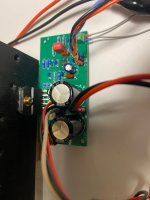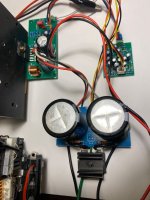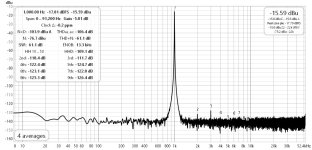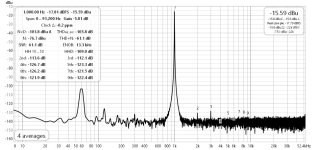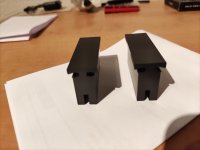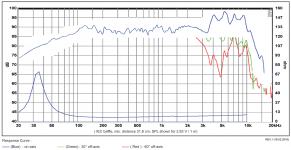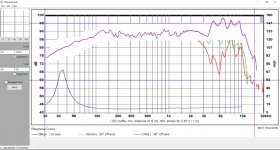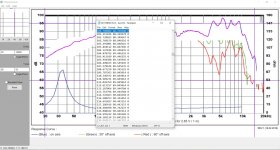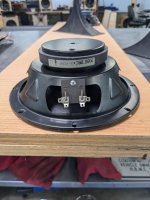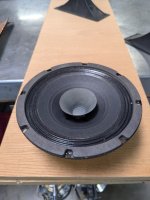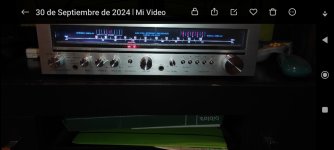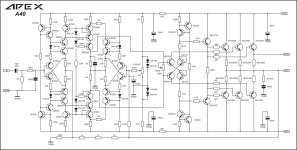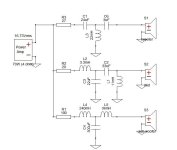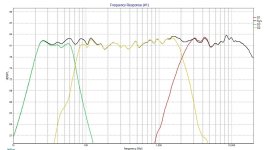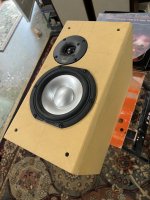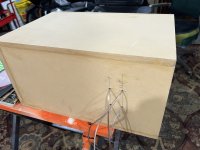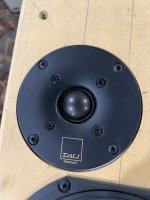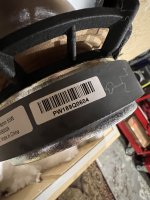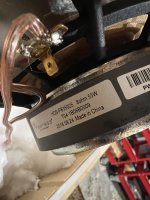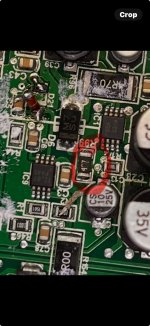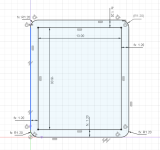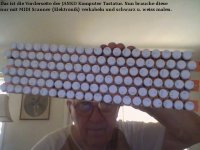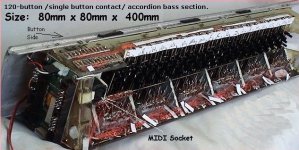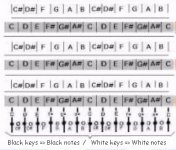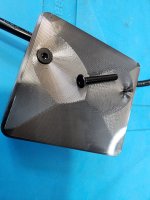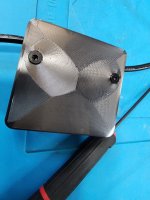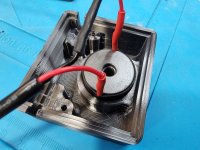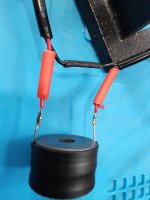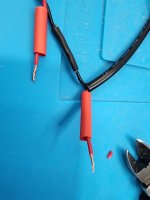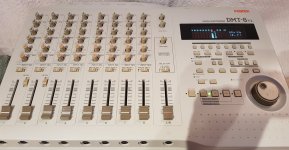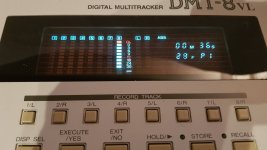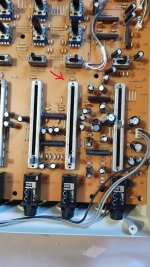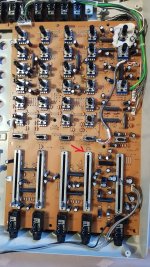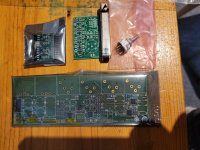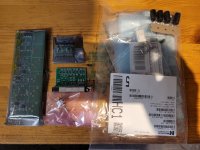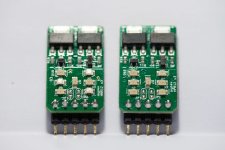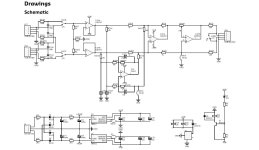My new quest for a 3 way partybox - loud and powerful
Hello DiyAudio Community
I am a lover for music and a lover for building stuff. I am currently planning to build a portable party box on wheels and with powerful and loud speakers.
But i find it especially hard to pick and buy the right speaker because i currently dont have much knowledge about this which makes me very insecure about ordering.
Should i go for high efficient parts to reach high spl? Like for example: 1 Faital Pro 15FH500 (250€) with 2 Eighteensound 8m400 -140€ per (or FaitalPRO M5N8-80 - 95€ per) and something like lavoce DN10.17 (130€)?
or what would you suggest i'd use? Budget for speakers is around 620€. Im from Germany so parts from companys like dayton audio will be more expensive here.
The box will be used both indoors and outdoors, mostly at smaller parties.
I listen to pop, hip hop, rock, hardstyle and techno.
Because its a box for mostly parties or nights with the boys it needs to be louder and will be played often at around 70-85% volume.
I really like bass but dont want to forget the mids which are also important for me.
My personal room is about 3x7 meters and the other about 4x5 meters.
The speaker size for the sub should be between 12" to 18" and mids should not be bigger then 8".
I am a lover for music and a lover for building stuff. I am currently planning to build a portable party box on wheels and with powerful and loud speakers.
But i find it especially hard to pick and buy the right speaker because i currently dont have much knowledge about this which makes me very insecure about ordering.
Should i go for high efficient parts to reach high spl? Like for example: 1 Faital Pro 15FH500 (250€) with 2 Eighteensound 8m400 -140€ per (or FaitalPRO M5N8-80 - 95€ per) and something like lavoce DN10.17 (130€)?
or what would you suggest i'd use? Budget for speakers is around 620€. Im from Germany so parts from companys like dayton audio will be more expensive here.
The box will be used both indoors and outdoors, mostly at smaller parties.
I listen to pop, hip hop, rock, hardstyle and techno.
Because its a box for mostly parties or nights with the boys it needs to be louder and will be played often at around 70-85% volume.
I really like bass but dont want to forget the mids which are also important for me.
My personal room is about 3x7 meters and the other about 4x5 meters.
The speaker size for the sub should be between 12" to 18" and mids should not be bigger then 8".

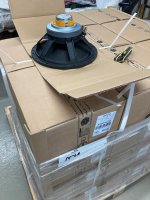

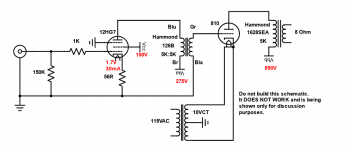
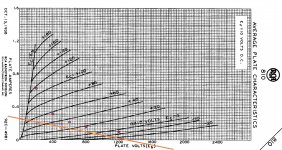

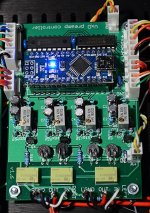
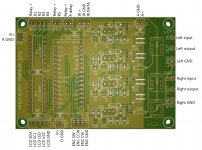
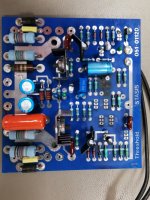
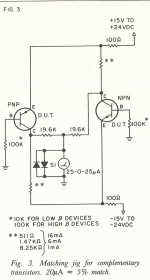
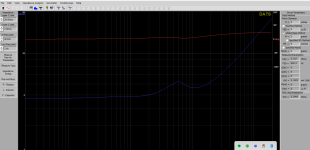
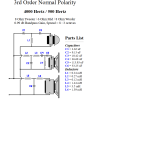
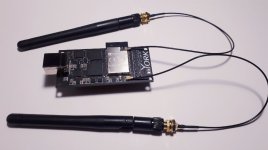
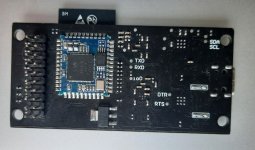
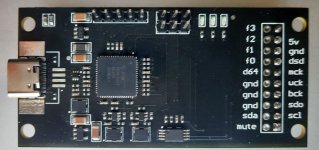
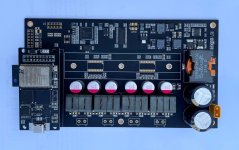
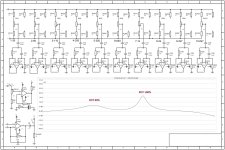

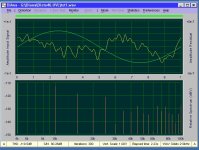
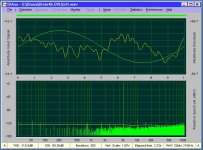
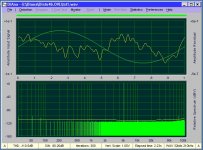
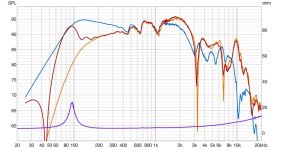


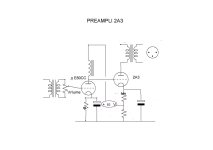
 Account banned, as it is the return of a previously banned account. ]
Account banned, as it is the return of a previously banned account. ]